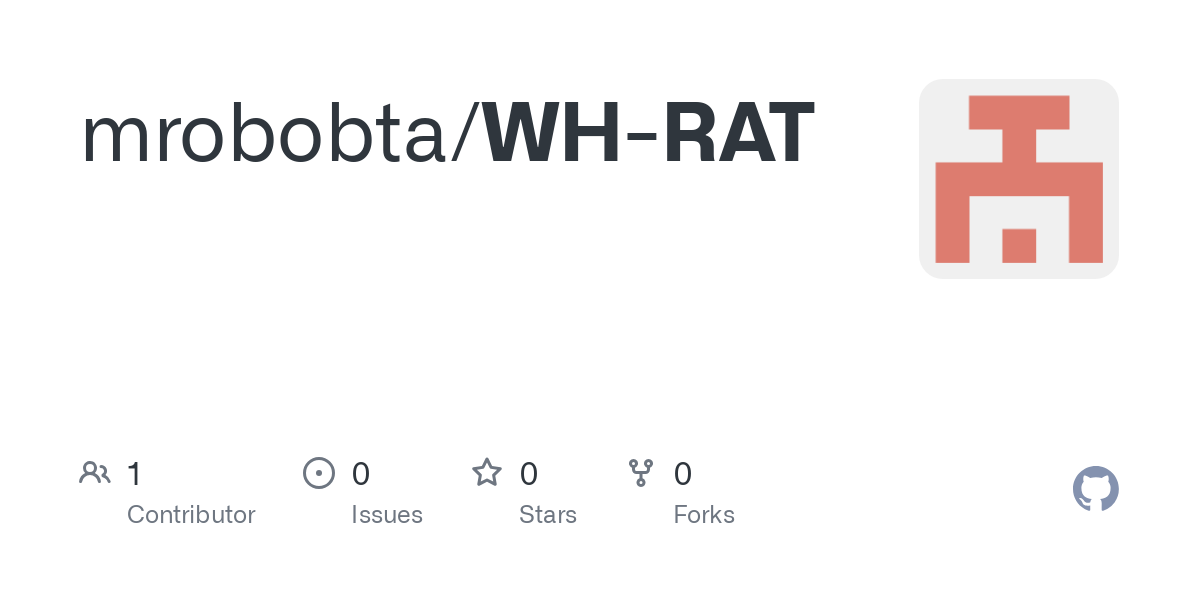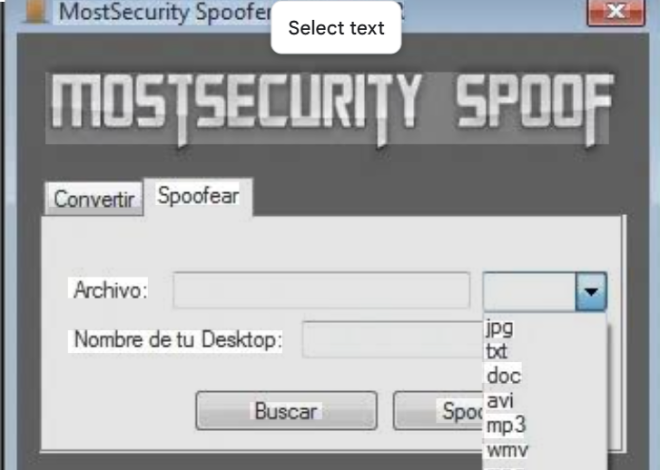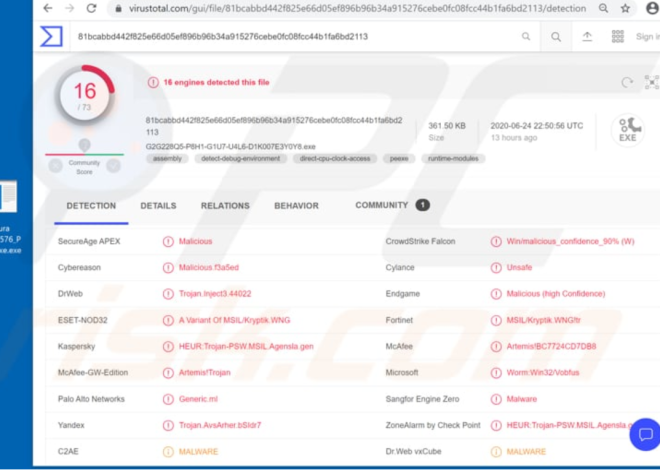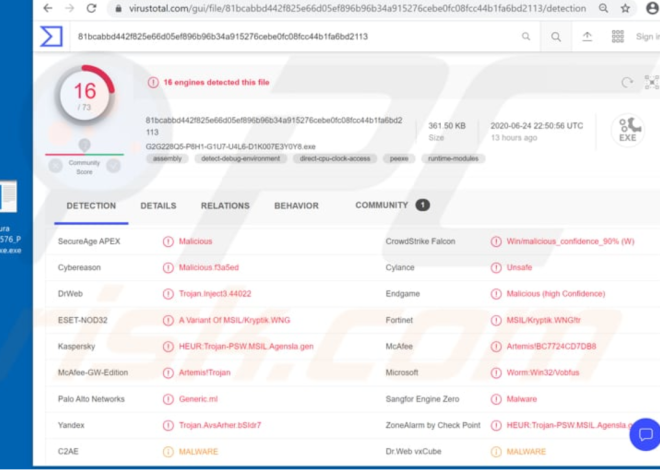
WH-RAT v1.0.1
In today’s threat landscape, WH-RAT v1.0.1 continues to evolve, becoming more sophisticated and dangerous. One such RAT, commonly known by its alias, has emerged as a significant tool for cybercriminals due to its advanced capabilities and ease of deployment. This malware enables attackers to gain complete control over infected systems, steal sensitive data, and carry out espionage activities. Its modular architecture and ability to evade detection make it a preferred choice for malicious actors targeting individuals, corporations, and government entities.
Download Link 1
Download Link 2
Download Link 3
Download Link 4

What is WH-RAT v1.0.1?
This RAT is a powerful malware strain designed to provide attackers with remote administrative access to compromised systems. It operates covertly, allowing threat actors to execute commands, exfiltrate data, and deploy additional payloads. The malware is often distributed through phishing campaigns, malicious downloads, or exploit kits, and it is commonly used in cyber espionage, financial fraud, and large-scale botnet operations. Its flexibility and extensive feature set make it a versatile tool for various malicious activities.
Key Features of WH-RAT v1.0.1
| Feature | Description |
| Remote System Control | Provides full administrative access, enabling file manipulation, command execution, and process management. |
| Credential Harvesting | Steals stored passwords, browser cookies, and authentication tokens. |
| Screen Capture | Takes screenshots of the victim’s desktop to monitor activities in real-time. |
| Audio/Video Surveillance | Activates the victim’s microphone and webcam to record audio and video without consent. |
| Persistence Mechanisms | Ensures long-term access by modifying system startup entries or using rootkit techniques. |
| Data Exfiltration | Uploads stolen files, logs, and system information to a remote C2 server. |
| Modular Plugins | Supports additional malicious modules, such as ransomware or cryptocurrency miners, for extended functionality. |
How It Works
The malware follows a multi-stage infection process to compromise systems and maintain persistent access:
Initial Infection
- Phishing Emails.
- Fake Software Installers.
- Exploit Kits.
Execution & Persistence
- Process Injection.
- Registry Modifications.
- DLL Side-Loading.
Command & Control (C2) Communication
- Downloading and executing additional payloads.
- Uploading stolen data to the C2 server.
- Activating surveillance features (e.g., keylogging, screen capture).
Data Theft & Surveillance
- Credential Harvesting.
- Keylogging.
- Screen Capture.
- Audio/Video Recording.
Evasion & Anti-Analysis
- Code Obfuscation.
- Sandbox Detection.
- Dynamic C2 Switching.


